汽车液压制动驱动机构的设计(全套含CAD图纸)
收藏
资源目录

压缩包内文档预览:
编号:10204620
类型:共享资源
大小:1.50MB
格式:ZIP
上传时间:2018-06-16
上传人:机****料
认证信息
个人认证
高**(实名认证)
河南
IP属地:河南
50
积分
- 关 键 词:
-
汽车
液压
制动
驱动
机构
设计
全套
cad
图纸
- 资源描述:
-
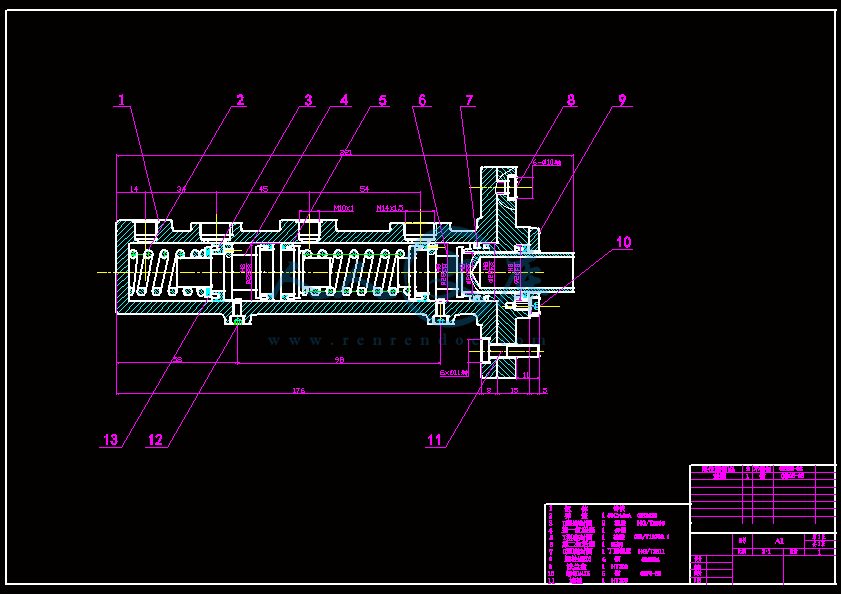
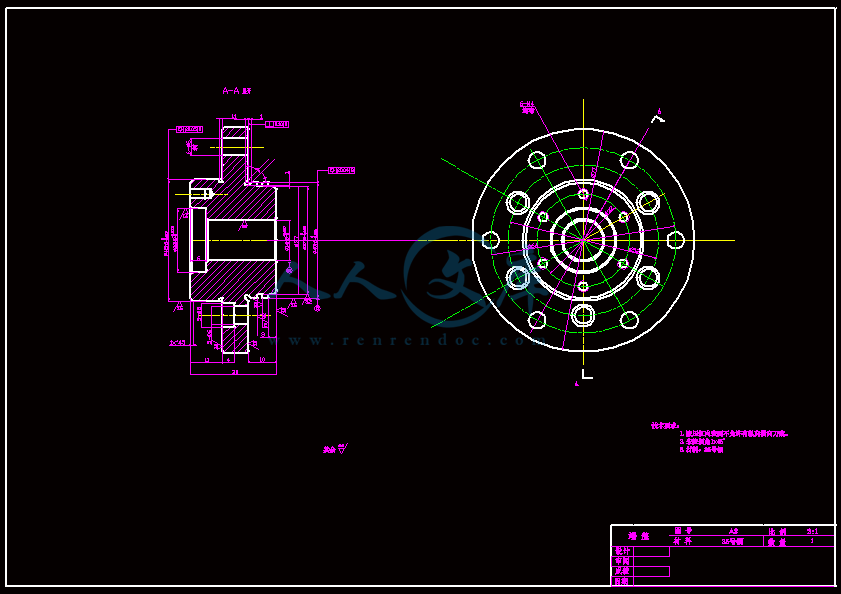
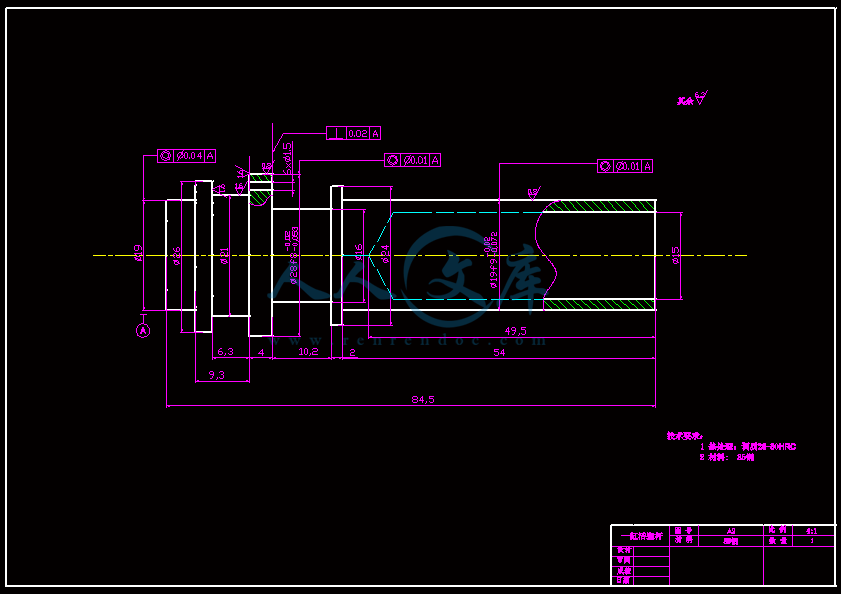
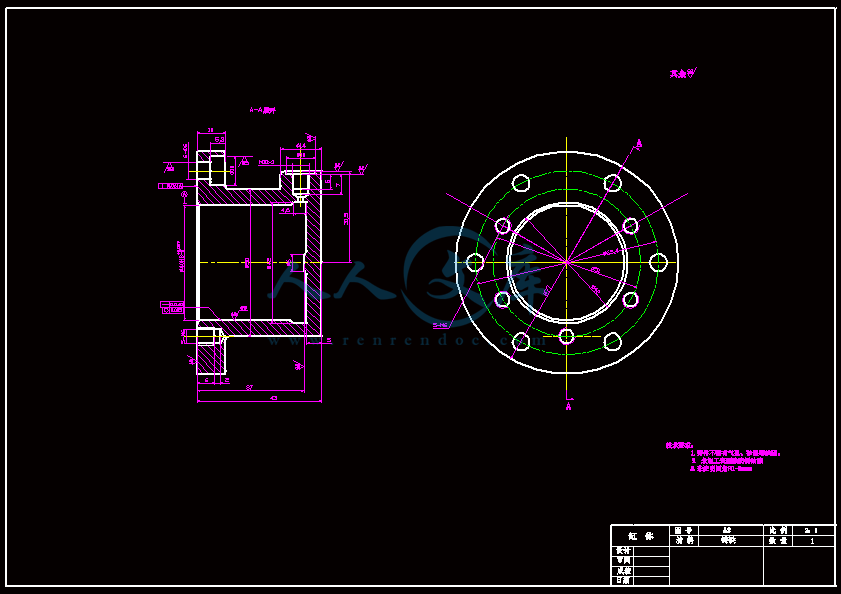
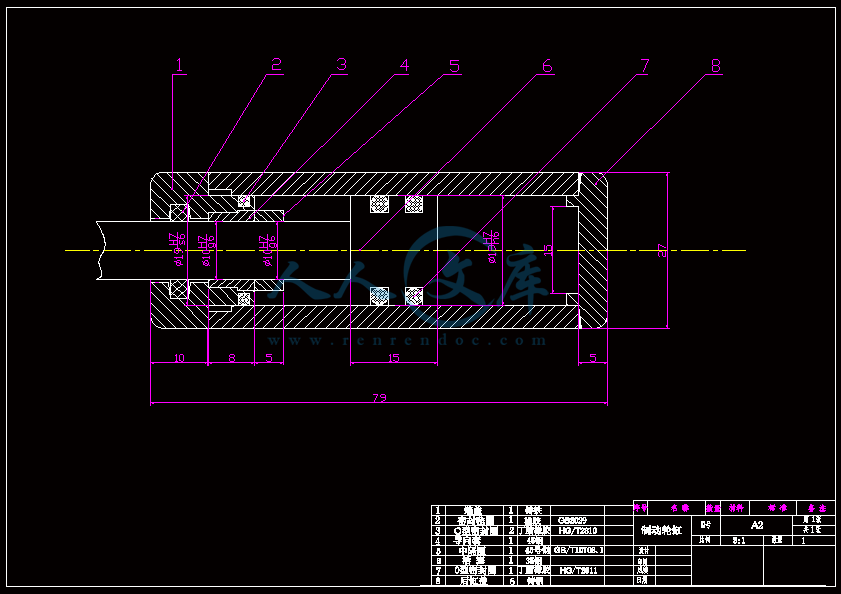
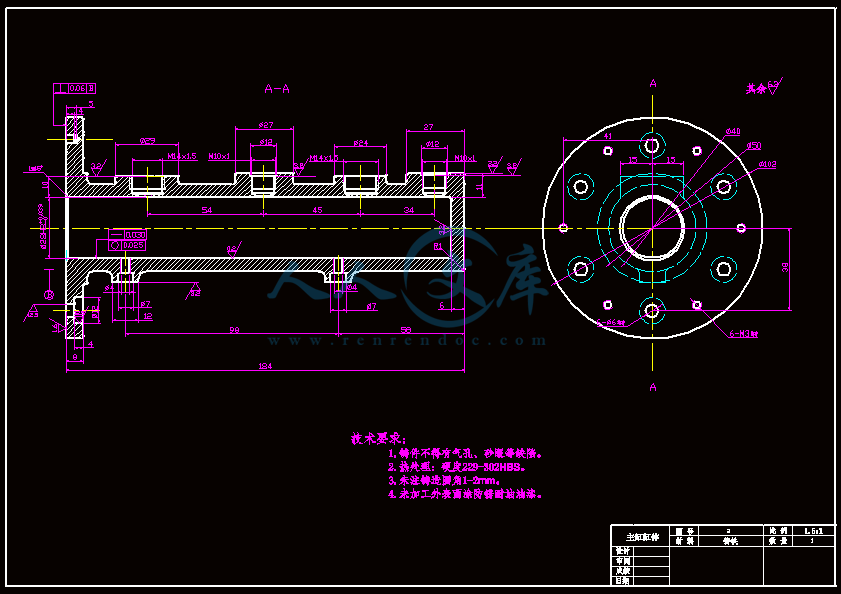
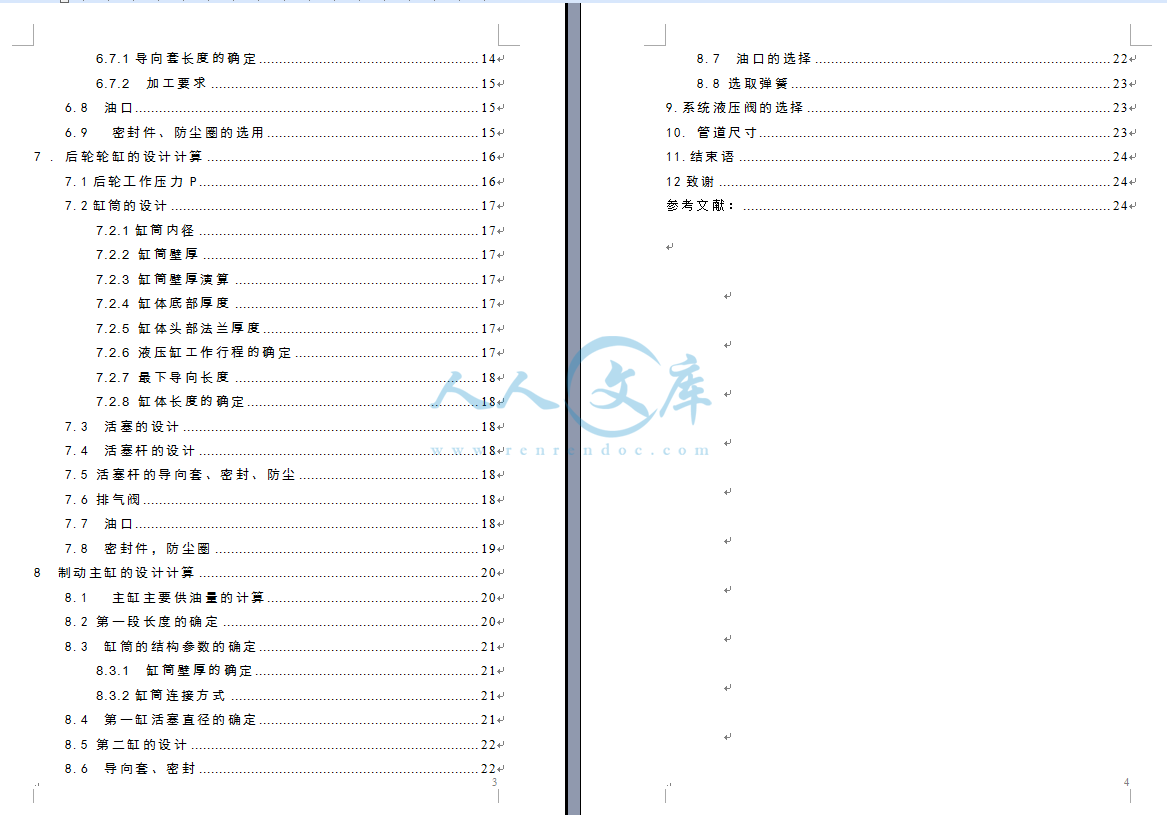
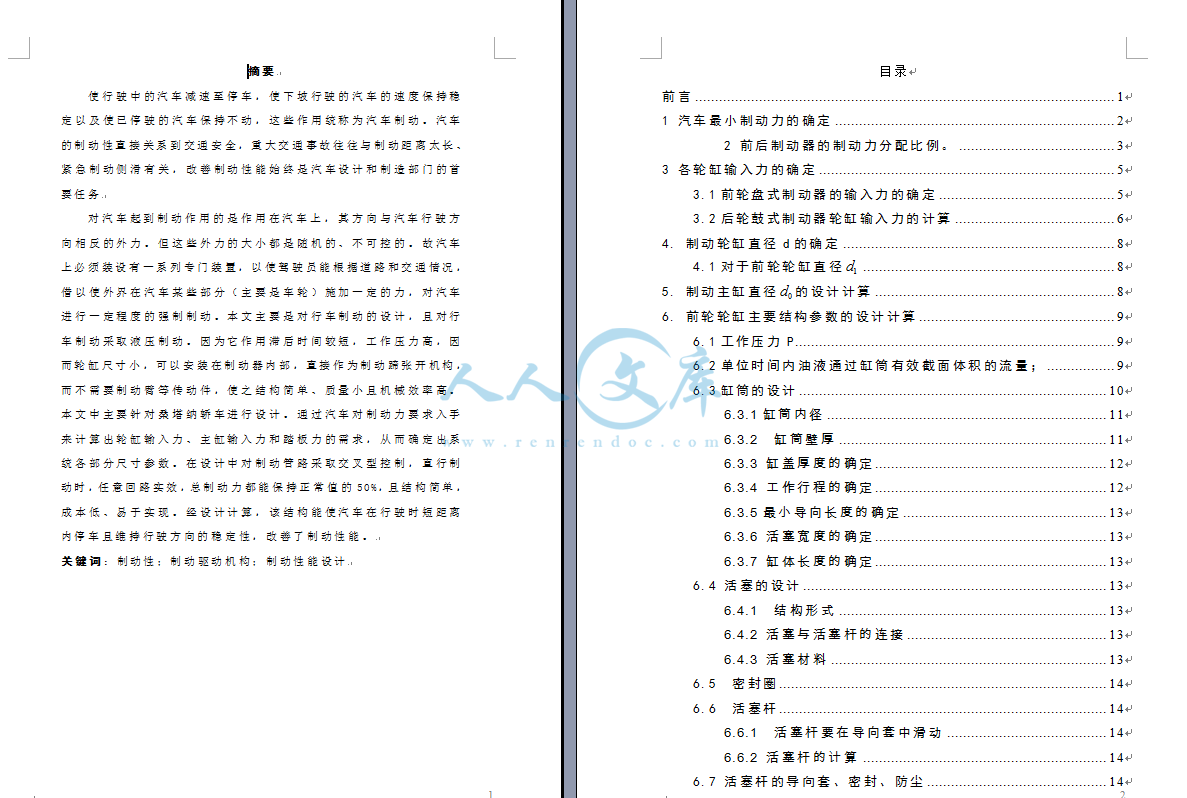

- 内容简介:
-
The Brake System/The braking system is the most important system in your car. If your brakes fail, the result can be disastrous. Brakes are actually energy conversion devices, which convert the kinetic energy (momentum) of your vehicle into thermal energy (heat). When you step on the brakes, you command a stopping force ten times as powerful as the force that puts the car in motion. The braking system can exert thousands of pounds of pressure on each of the four brakes. In modern systems, the master cylinder is power-assisted by the engine. All newer cars have dual systems, with two wheels brakes operated by each subsystem. That way, if one subsystem fails, the other can provide reasonably adequate braking power. Safety systems like this make modern brakes more complex, but also much safer than earlier braking systems. The brake system is composed of the following basic components: The “master cylinder“ which is located under the hood, and is directly connected to the brake pedal, converts your foots mechanical pressure into hydraulic pressure. Steel “brake lines“ and flexible “brake hoses“ connect the master cylinder to the “slave cylinders“ located at each wheel. Brake fluid, specially designed to work in extreme conditions, fills the system. “Shoes“ and “pads“ are pushed by the slave cylinders to contact the “drums“ and “rotors“ thus causing drag, which (hopefully) slows the car. In recent years, brakes have changed greatly in design. Disc brakes, used for years for front wheel applications, are fast replacing drum brakes on the rear wheels of modern cars. This is generally due to their simpler design, lighter weight and better braking performance. The greatest advantage of disc brakes is that they provide significantly better resistance to “brake fade“ compared to drum type braking systems. Brake fade is a temporary condition caused by high temperatures generated by repeated hard braking. It occurs when the pads or shoes “glaze“ due to the great pressure and heat of hard use. Once they cool, the condition subsides. Disc brakes allow greater air ventilation (cooling) compared to drum brakes. Drum brakes are not internally ventilated because if they were, water could accumulate in them. Disc brakes can rapidly fling off any water that they are exposed to, and so they can be well ventilated. “Boosters“ are present in “power brake“ systems, and use the engines energy to add pressure to the master cylinder. “Anti-lock“ (ABS) systems, originally developed for aircraft braking systems, use computer controlled valves to limit the pressure delivered to each slave cylinder. If a wheel locks up, steering input cannot affect the cars direction. With ABS, no matter how hard the pedal is pressed, each wheel is prevented from locking up. This prevents skidding (and allows the driver to steer while panic-braking). As impressive as these advances are, the basic process of converting a vehicles momentum into (wasted) heat energy has not changed since the days of the horse and buggy. To stop a horse drawn carriage, the driver would pull on a lever which would rub on the wheel. But today, with the advent of regenerating brakes on electric vehicles, new ways of recapturing this lost energy are being developed. In these types of electric cars, when you step on the brakes, the motor switches into “generator mode“, and stores the cars momentum as chemical energy in the battery, to be used again when the light turns green! Disc Brakes Disc brakes use a clamping action to produce friction between the “rotor“ and the “pads“ mounted in the “caliper“ attached to the suspension members. Inside the calipers, pistons press against the pads due to pressure generated in the master cylinder. The pads then rub against the rotor, slowing the vehicle. Disc brakes work using much the same basic principle as the brakes on a bicycle; as the caliper pinches the wheel with pads on both sides, it slows the bicycle. Disc brakes offer higher performance braking, simpler design, lighter weight, and better resistance to water interference than drum brakes. Disc brakes, like many automotive innovations, were originally developed for auto racing, but are now standard equipment on virtually every car made. On most cars, the front brakes are of the disc type, and the rear brakes are of the “drum“ type. Drum brakes use two semi-circular shoes to press outward against the inner surfaces of a steel drum. Older cars often had drum brakes on all four wheels, and many new cars now have 4-wheel disc brakes. Because disc brakes can fling off water more easily than drum brakes, they work much better in wet conditions. This is not to say that water does not affect them, it definitely does. If you splash through a puddle and then try to apply the brakes, your brakes may not work at all for a few seconds! Disc brakes also allow better airflow cooling, which also increases their effectiveness. Some high performance disc brakes have drilled or slotted holes through the face of the rotor, which helps to prevent the pads from “glazing“ (becoming hardened due to heat). Disc brakes were introduced as standard equipment on most cars in the early seventies. Brake Drums The brake drum is a heavy flat-topped cylinder, which is sandwiched between the wheel rim and the wheel hub. The inside surface of the drum is acted upon by the linings of the brake shoes. When the brakes are applied, the brake shoes are forced into contact with the inside surface of the brake drums to slow the rotation of the wheels. The drums are usually covered with fins on their outer surfaces to increase cooling. They are not cooled internally, because water could enter through the air vent cooling holes and braking would then be greatly impaired. Drum brakes are found on the rear wheels of most older cars, but they are increasingly being fazed out in favor of rear disc brakes. Drum brakes were standard equipment on all four wheels of most cars until the early 70s. Brake Calipers The caliper works like a C-clamp to pinch the pads onto the rotor. It straddles the rotor and contains the hydraulic “slave cylinder“ or “wheel cylinder“ piston(s). One caliper is mounted to the suspension members on each wheel. The caliper is usually mounted onto the spindle, allowing it to deliver the torsional force of the wheel to the chassis via the control arms. Brake hoses connect the caliper to the brake lines leading to the master cylinder. A “bleeder valve“ is located on each caliper to allow air bubbles to be purged from the system. “Floating caliper“ disc brakes, the most common variety, allow the caliper to move from side to side slightly when the brakes are applied. This is because only one pad moves (in relation to the caliper). Some calipers contain two or four seperate pistons. These calipers are fixed in place; i.e., there is no lateral movement like the floating caliper, the pistons take up the slack on each side of the rotor. These are called “dual cylinder“ or “dual piston“ calipers, and are standard equipment on many performance cars. Wheel (Slave) CylinderWheel cylinders, also called the “slave“ cylinders, are cylinders in which movable piston(s) convert hydraulic brake fluid pressure into mechanical force. Hydraulic pressure against the piston(s) within the wheel cylinder forces the brake shoes or pads against the machined surfaces of the drum or rotor. There is one cylinder (or more in some systems) for each wheel. Drum brake wheel cylinders are usually made up of a cylindrical casting, an internal compression spring, two pistons, two rubber cups or seals, and two rubber boots to prevent entry of dirt and water. This type of wheel cylinder is fitted with push rods that extend from the outer side of each piston through a rubber boot, where they bear against the brake shoes. In disc brakes, the wheel cylinder is built into the caliper. All wheel cylinders have bleeder screws (or bleeder valves) to allow the system to be purged of air bubbles. As the brake pedal is depressed, it moves pistons within the master cylinder, pressurizing the brake fluid in the brake lines and slave cylinders at each wheel. The fluid pressure causes the wheel cylinders pistons to move, which forces the shoes or pads against the brake drums or rotors. Drum brakes use return springs to pull the pistons back away from the drum when the pressure is released. On disc brakes, the calipers piston seals are designed to retract the piston slightly, thus allowing the pads to clear the rotor and thereby reduce rolling friction. Parking (Emergency) BrakesThe parking brake (sometimes called the emergency brake) is a cable-activated system used to hold the brakes continuously in the applied position. The parking brake activates the brakes on the rear wheels. Instead of hydraulic pressure, a cable (mechanical) linkage is used to engage the brake shoes or discs. When the parking-brake pedal is pressed (or, in many cars, a hand lever is pulled), a steel cable draws the brake shoes or pads firmly against the drums or rotors. The release lever or button slackens the cables and disengages the brake shoes. The parking brake is self adjusting on most systems. An automatic adjuster compensates for lining (brake shoe) wear. On many cars, the parking brake is used to re-adjust the brake shoes as they wear in, or when the shoes are replaced. In these systems, the adjustment is made by repeatedly applying the parking brake while backing up. The parking brake can be useful while driving up hills: If youre driving a manual transmission car, and you pull up to a stop on an incline, you might notice
- 温馨提示:
1: 本站所有资源如无特殊说明,都需要本地电脑安装OFFICE2007和PDF阅读器。图纸软件为CAD,CAXA,PROE,UG,SolidWorks等.压缩文件请下载最新的WinRAR软件解压。
2: 本站的文档不包含任何第三方提供的附件图纸等,如果需要附件,请联系上传者。文件的所有权益归上传用户所有。
3.本站RAR压缩包中若带图纸,网页内容里面会有图纸预览,若没有图纸预览就没有图纸。
4. 未经权益所有人同意不得将文件中的内容挪作商业或盈利用途。
5. 人人文库网仅提供信息存储空间,仅对用户上传内容的表现方式做保护处理,对用户上传分享的文档内容本身不做任何修改或编辑,并不能对任何下载内容负责。
6. 下载文件中如有侵权或不适当内容,请与我们联系,我们立即纠正。
7. 本站不保证下载资源的准确性、安全性和完整性, 同时也不承担用户因使用这些下载资源对自己和他人造成任何形式的伤害或损失。

人人文库网所有资源均是用户自行上传分享,仅供网友学习交流,未经上传用户书面授权,请勿作他用。
 川公网安备: 51019002004831号
川公网安备: 51019002004831号